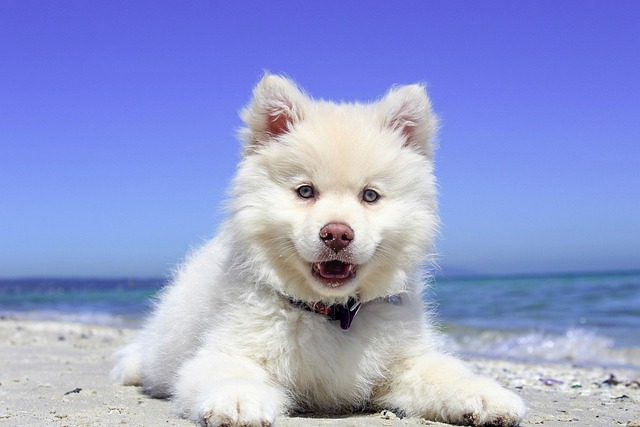
is it normal for dogs skin to peel
If you’re a new dog parent in the US—maybe you’re sitting on your Chicago apartment floor, brushing your 9-month-old rescue Lab mix
What can I give my dog for extra nutrition? If you’re a new dog parent in the US, you’ve probably stood in the kitchen, staring at your pup’s bowl, wondering if that kibble alone is enough. Maybe they seem low-energy, or their coat looks dull, or you just want to spoil them with something healthy. The good news is, extra nutrition doesn’t have to mean fancy supplements—often, it’s about adding simple, safe foods to their diet. Let’s break down what works.
Dogs thrive on a mix of protein, healthy fats, fiber, and vitamins—just like us. High-quality commercial dog food (look for the AAFCO label, which means it’s balanced) covers the basics, but some pups need a little boost. Puppies growing fast, senior dogs with slower metabolisms, or active breeds burning lots of energy might benefit from extra nutrients. Animal nutritionists call this “dietary enrichment”—adding foods that fill gaps without upsetting their stomachs. It’s like adding veggies to your own meal to make it more nutritious.
So, what’s safe to add? Start with cooked chicken breast—shredded into their kibble, it’s a lean protein boost. My sister’s Beagle, Lucy, perked up after a week of this, especially during her morning walks. Pumpkin (canned, no sugar) is great for digestion; a tablespoon mixed in helped my neighbor’s Lab with loose stools. For healthy fats, a teaspoon of olive oil or salmon oil (no garlic!) makes coats shiny—my rescue mutt, Max, went from a dry coat to soft fur in a month. Fruits like blueberries or apple slices (no seeds) add vitamins, and most dogs love them as treats. Avoid risky foods: onions, grapes, and xylitol (in some peanut butters) are toxic—always check before sharing your snacks.

Now, let’s tie this to real-world responsibilities. First, compliance: Even the best-fed dog needs current rabies vaccines—every US state requires it, and places like Phoenix fine owners who skip this. While prepping extra foods, don’t forget the basics: carry poop bags on walks (fines in Chicago hit $200 for slacking) and keep their tags updated.
Culturally, remember that mealtime is a chance to bond, not discipline. Never withhold extra nutrition as punishment—that contradicts positive training. If your pup turns up their nose at a new food, try mixing it with a tiny bit of their favorite treat instead of scolding. Patience builds trust, and a well-fed dog is more responsive to training cues like “sit” or “stay.”
Living in an apartment? Keep extra foods mess-free—no greasy oils on floors that might make neighbors slip. Store treats in sealed containers to avoid attracting pests. When walking, a pup with steady energy (thanks to good nutrition) is less likely to pull or bark excessively, making community strolls more pleasant for everyone.
Extra nutrition isn’t about overcomplicating things—it’s about adding simple, safe foods that fit their needs. With a little common sense and attention to their cues, you’ll keep them healthy, happy, and ready for all those walks and snuggles.

If you’re a new dog parent in the US—maybe you’re sitting on your Chicago apartment floor, brushing your 9-month-old rescue Lab mix

If you’re a new dog parent in the US—maybe you’re sitting on your Chicago apartment couch, petting your 9-month-old Golden Retriever
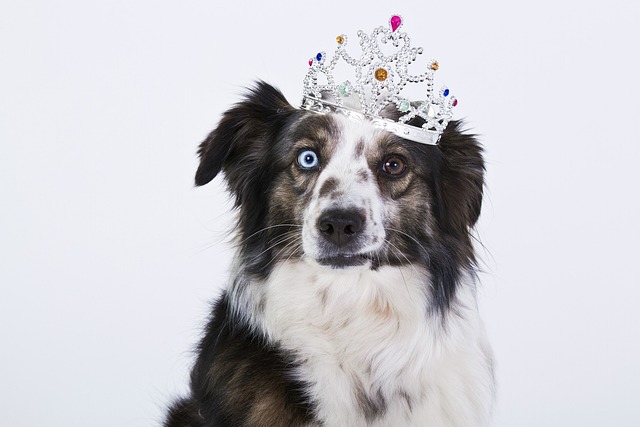
You’re standing in the pet care aisle, staring at a wall of grooming products—each bottle promising a softer coat, fewer tangles, and a happier dog.
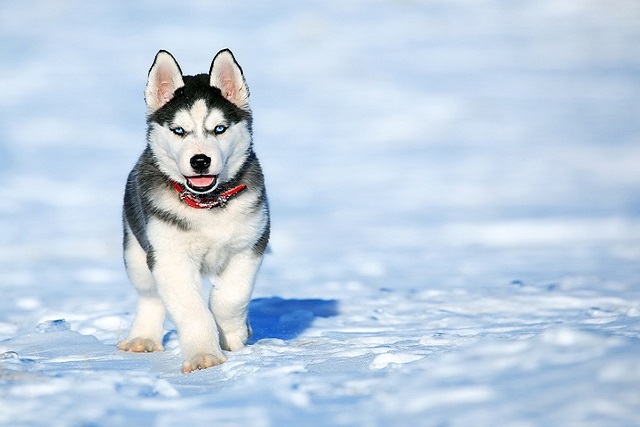
If your dog has ever had a weepy, red, or irritated eye, you know how unsettling it can feel. Maybe you noticed them pawing at their face during a morning walk
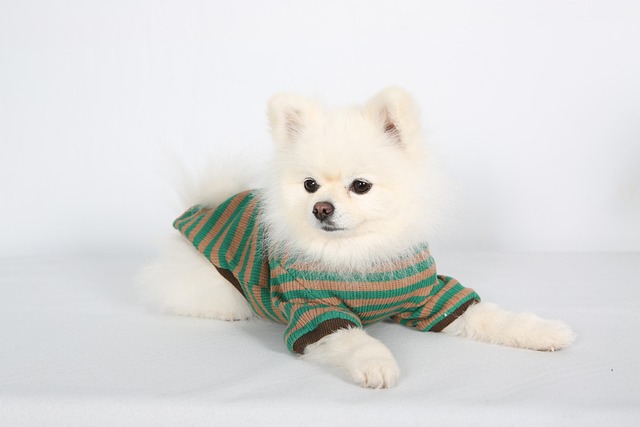
You’ve probably noticed your Pomeranian’s little belly hanging a bit lower these days, or maybe they huff more when climbing stairs—signs those extra pounds are starting to slow them down.
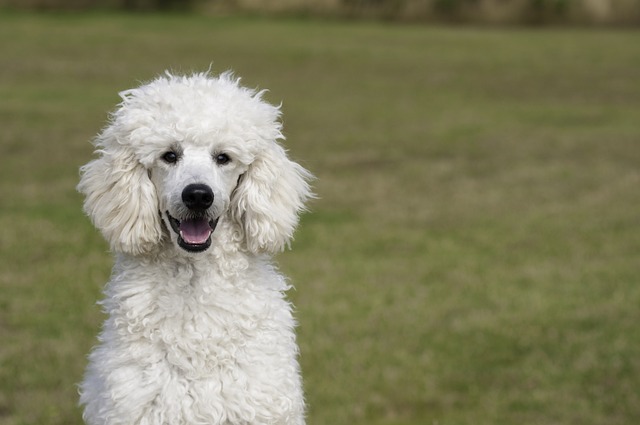
Watching a tiny puppy explore the world makes you wonder about all the little details that will shape them—including whether their coat will grow into a fluffy, long-haired style.